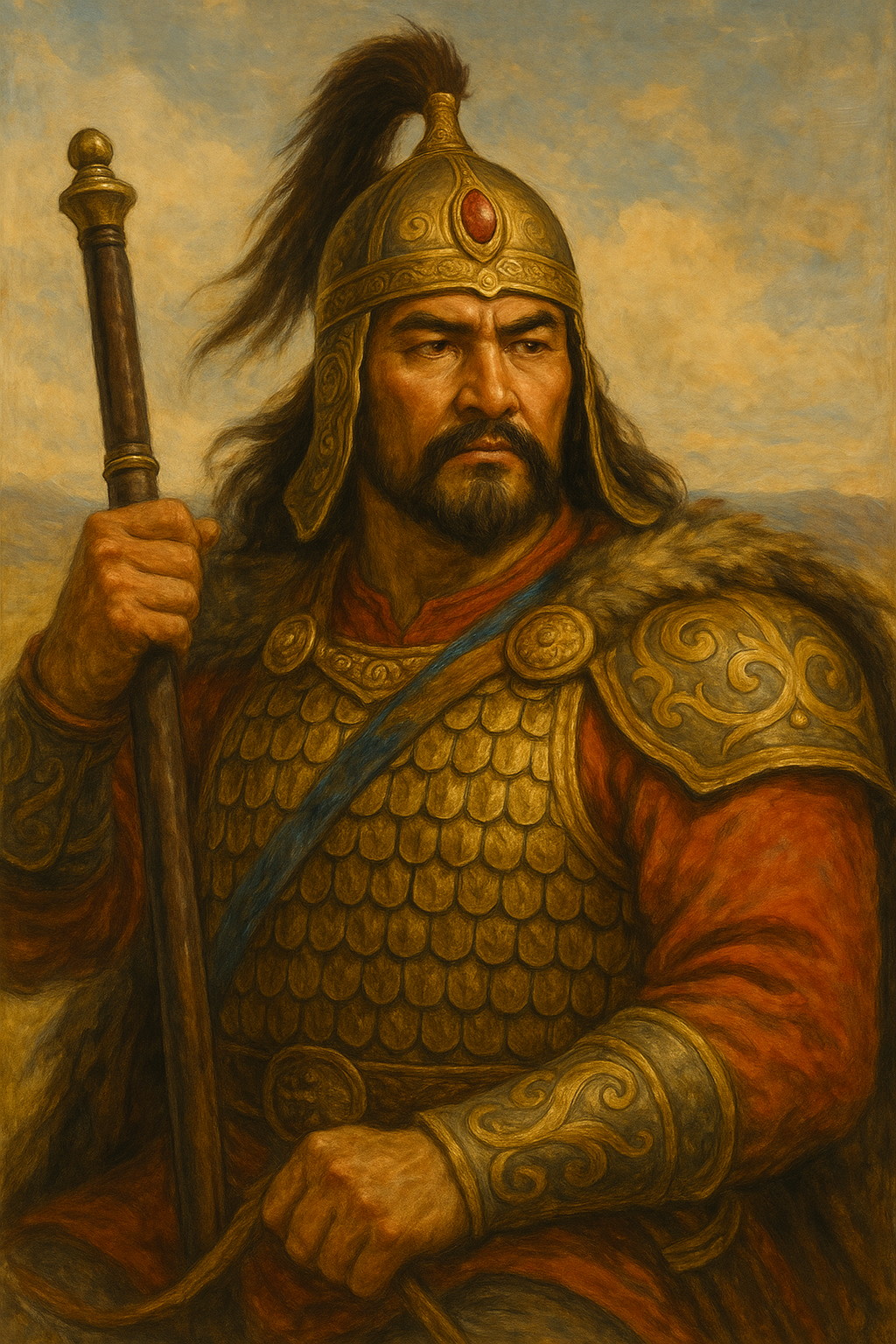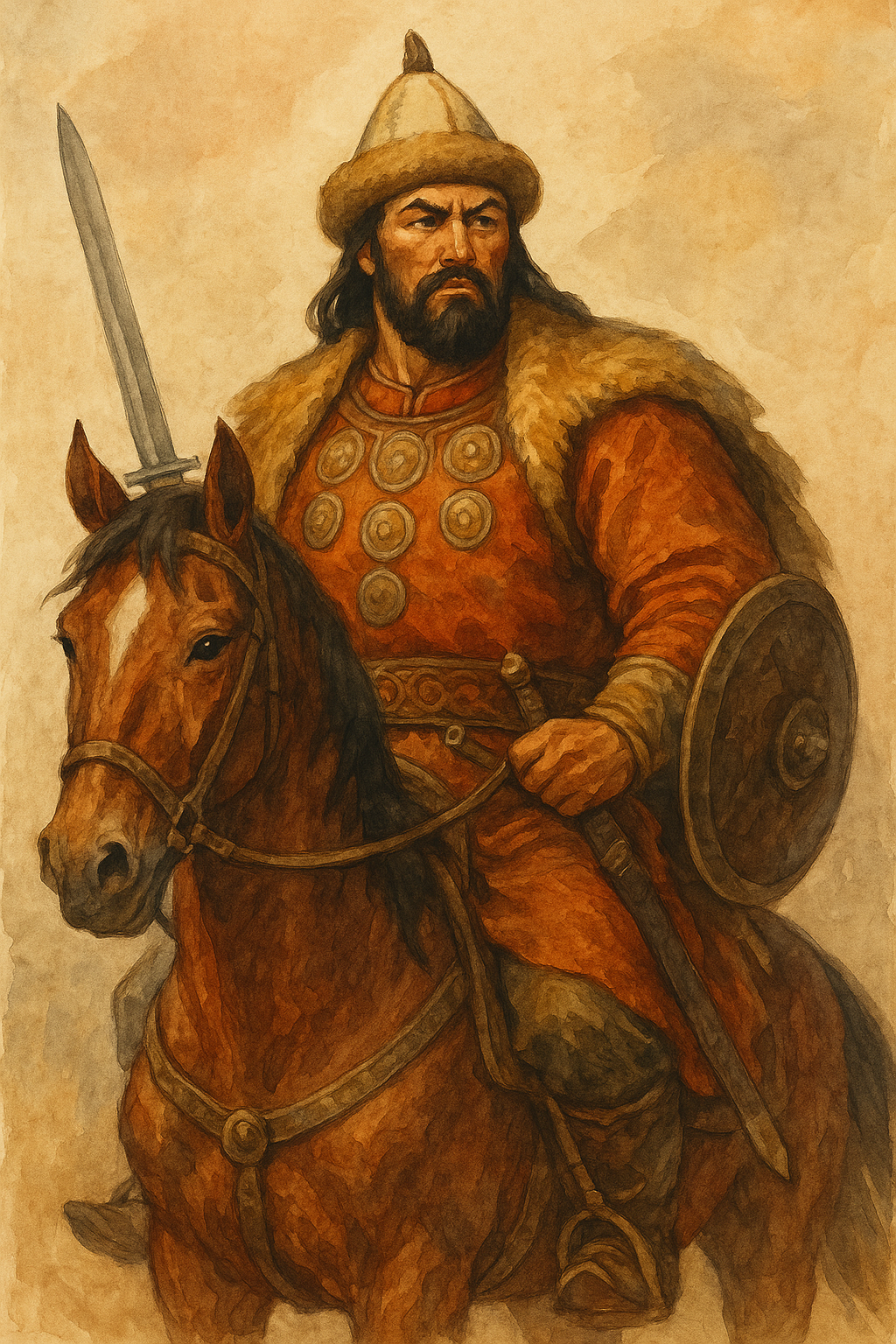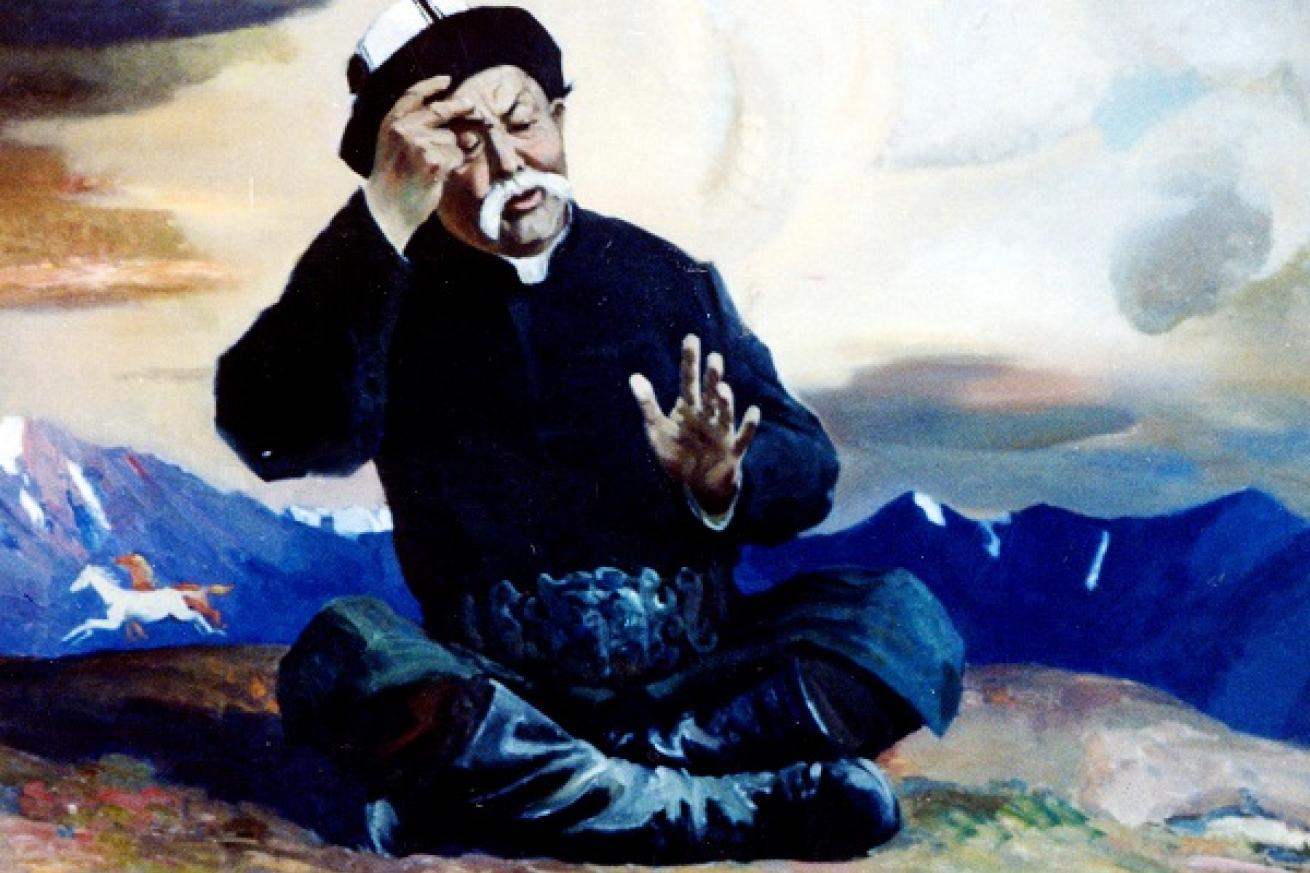Manas
The first and main part of the trilogy focuses on Manas himself, the great warrior who united the Kyrgyz tribes against the Chinese and other external enemies. It narrates his birth, childhood, rise to leadership, battles, and eventual death.
Read More





